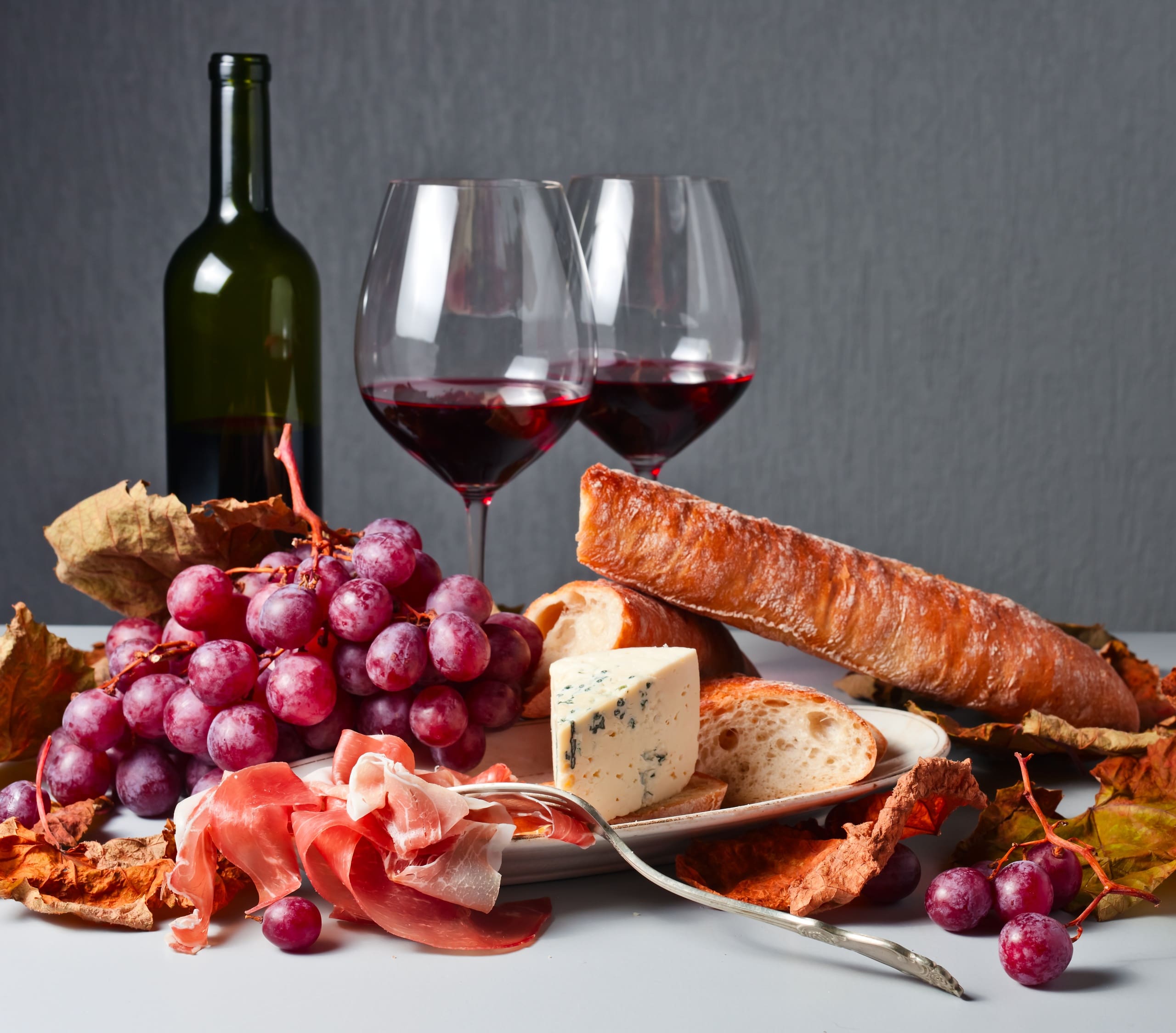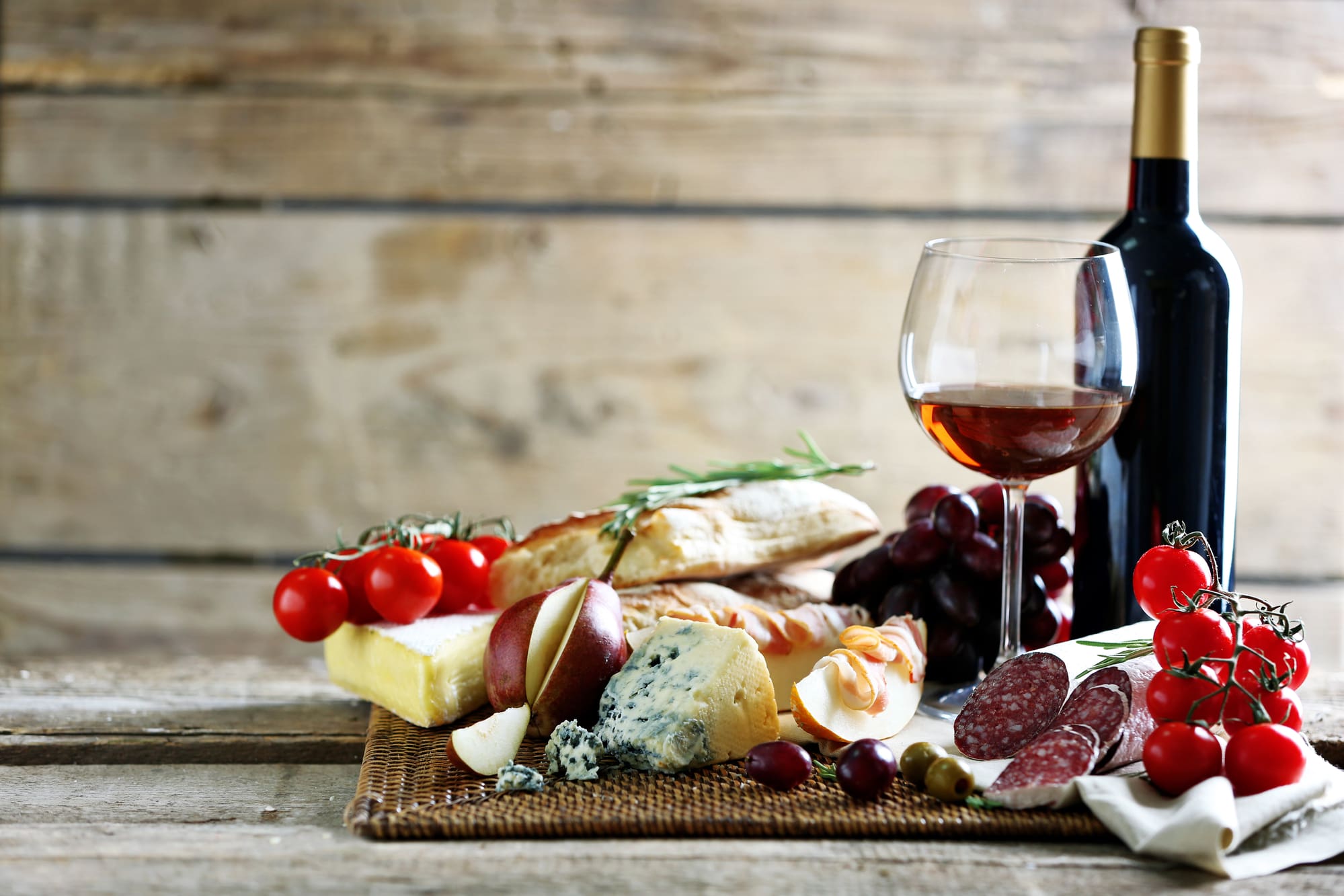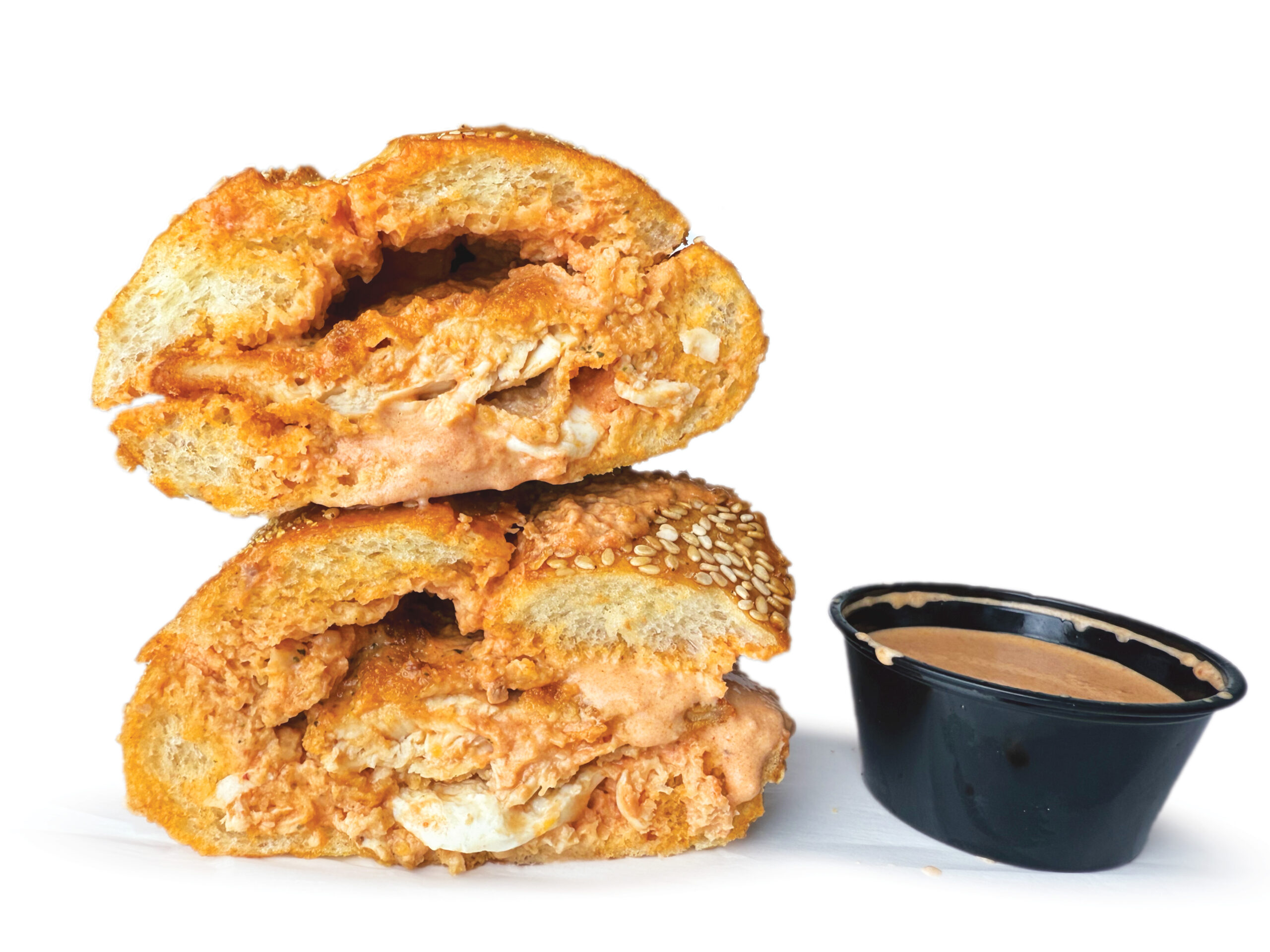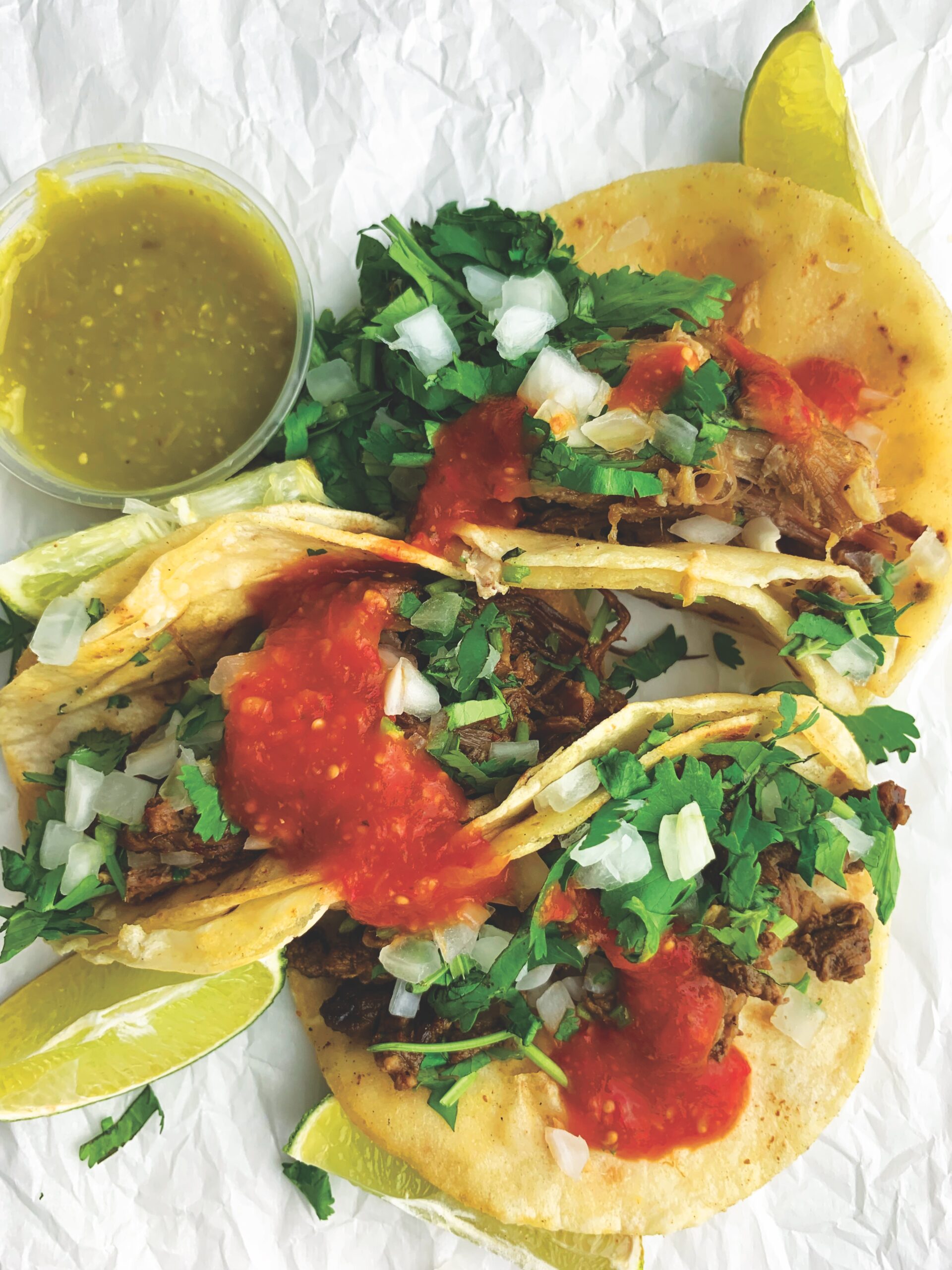By David Ehrenfried

This is the third of several columns with pointers on selecting red wines. This column reviews the essential basic characteristics of medium to full-bodied red wines from important wine regions in Spain. Part 1 of this series appeared in this year’s February issue and discussed lighter red wines from many different countries made from grapeslike Pinot Noir, Gamay, Dolcetto, and Cinsault. Part 2 appeared in the March issue and covered heavier red wines from Franceand Italy, such as French Bordeaux and Italian Chianti.Other parts of this series will discuss heavier red wines from Portugal, Greece, the United States, Australia, South Africa, and South America. The emphasis of these articles is on accessible winesthat retail in stores or online in the $10-$75 per bottle range, although inevitably, somecost more. Restaurants and bars typically mark wines up two-to- three times store prices.
If you’ve spent more than the briefest moment in a wine store or the wine section of a local supermarket, you’ve probably looked at some wines and wondered what they areand how they taste. Of course, the best way to answer these questions is to try them. There’s risk in that for many of us, especially whenwe’re paying the bill. If I don’t like the wine, it’s not like wine stores guarantee satisfaction and will give us a store credit or our money back. It’s not surprising many wine drinkers seldom venture beyond buying wines they’ve tried before.
With some basic wine knowledge, I think it’sentirely possible to overcome some of our reticence and approach buying unfamiliar wines more confidently and optimistically. When we pick knowledgeably, we come to enjoy and appreciate wine more. That doesn’t mean we’ll like every wine we taste.Like many things in life, wine occasionally disappoints, even some expensive or prestigious ones. Fortunately, wonderful wines abound at reasonable prices, such as those discussed here, and the chances of buying a wine we haven’t tried before and enjoying it are pretty darn good.

Brief Guide to Picking Fuller-Bodied Dry Red Wines from Spain
There’s a lot to like about red wines from Spain, especially if you favor earthy wines with bold flavors and abundant character. Spain has tried and trueOld World winemaking traditionsthat rely heavily on indigenous grapes, varieties that are believed to have grown on the Iberian Peninsula for thousands of years. Spainalso producesprodigious quantities of quality wine at reasonable prices. Many sell in the $10-$30 range or even less, but for those prepared to spend a bit more, the experiences can be very rewarding.
Picking among these wines isn’t complicated when we know that similar winesfrom similar places in a country usually share manysimilar general characteristics or profiles. Even those priced out of our personal budgets or boast lofty wine ratings from wine critics or publications share certain scent, flavor, weight, alcohol, texture, and other characteristics with their more modest relatives. These characteristics give us important clues to generally how certain wines can be expected to taste and how they’ll match up with foods we plan to eat or a with a particular occasion. Then we just need to pick among the best winemakers and styles or variations we choose to afford.
Again, most Spanish red wines are made principally from grapes native to the Iberian Peninsula. Although large bodies of cool water surround the peninsula on three sides, the areas where most Spanish red wine grapes are cultivated have hot and dry growing seasons. The resulting grapes tend to yieldrich, intensely flavored wines.Wine qualityis high and keeps getting better,like the world over,due to improved vineyard management and winemaking. Still, many old-world traditions prevail in Spain, side by side with modern winemaking. Many vintners adhere to long-established practices governing how certain wines must age and when they can be released to consumers. It’s common, for example, for many Spanish winemakers to release some wines as many as 10 years after their vintage date following aging several or more years in oak and then in bottles for additional months or years at the winery. It’s a wonderful tradition for wine lovers who don’t typically store wine but want to experiencebold wines that need years of aging to soften and round out rough edges and enable flavors and scents to merge and mature.

Pointers for Notable Spanish Red Wines
Most red Spanish wines are medium to full bodied with bold scents and flavors. Their many fruit combinationsregularly include cherry, blackberry, plum, fig, or other fruit flavors. Certain wines may have distinct raspberry, strawberry, floral, or herbal flavors. Aging in oak barrels for 6 months to several years is common if not mandatory for most Spanish red wines. That gives them varying degrees of toast wood, cedar cigar box, vanilla, leather, cocoa, tobacco, or other plant or earthy scents and flavors. Also, these wines usually have noticeable tanninsthat givethem structure and grip. They also havedistinct acidity, which gives them zip and freshness. Less expensive wines tend to be lighter and less dense, in part because they usually spend less aging in oak barrels or in winery storage. Wines that spend two years or more in oak barrels tend to taste rounder and richer, are made with choicer grapes, and generally cost more.
Importantly, most bold Spanish red wines have alcohol content that varies between 13.5% and
14.5%, which is on the modest to the higher side. That’s enough to give them good heft but usually not enough to make them seem so alcoholicthat the alcohol overwhelms important other wine or food flavors. Alcohol gives wine much of its sense of weight and helps to impart a feeling of fullness. These wines are made to be enjoyed with substantive and flavorful foods, including hearty poultry, meat and vegetable dishes, as well as cheese, ham, and sausage.
Some acronyms on Spanish wine labels are DOCa and DO, which are important quality designations certifying that grapes used to make each wine are from the placesstated on the bottle. Also common on labels is the word “bodega,” Spanish for winery.

Major Wines and Regions
Rioja: Spain’s main wine is Rioja (pronounced ree-oh-ha) which is named after the region in northeast Spain where it’s made. Rioja’s is produced mainly from Tempranillo grapes (called Aragonez and TintaRoriz in Portugal).There are three traditional designations for red Rioja. Crianza is aged at least a year in oak and another year in bottles before release; they’re are typically lighter, crisp, and easy-drinking.Reserva is aged for three years or more — at least two in oak and one in bottles — resultingin deeper, more rounded flavors. Gran Reserva is aged for at least five years—at least three in oak barrels and two in bottles. Winemakers typically us better grapes to make Reservawines, and they often make Gran Reservas only during excellent vintages.
Some wines labeled Rioja don’t carry these designations, usually because they’reblends with significant amounts of other grape varieties, or they’ve been aged or crafted to different, perhaps less traditional specifications. The back label or a quick web search should tell you the contents and aging process. If new to Rioja, I recommend starting with a Reserva to get a good sense full-bodied Rioja wine. Some notable producers include Beronia, Caceres, CUVE, La Rioja Alta, Lopez de Heredia, Muga, and Murrieta.
Ribera Del Duero and Toro: Not far to Rioja’s west are two other important red wine regions: Ribera Del Duero and Toro. Ribera is home to Spain’s most iconic and expensive wines, Dominio de Pingus and Vega Sicilia. These and other notable Ribera wines are blends of Tinto Fino (a variety of Tempranillo), Cabernet Sauvignon, Garnacha, Merlot, and other varietals. They’re often aged similarly to Rioja wines with similar designations, but the different grape varieties cause Ribera wine flavors to vary greatly, including blackberry, cherry, blueberry, raspberry or strawberry flavors. Good Ribera wines are powerful, concentrated, and elegant. Some other excellent, less costly producers you might see are Aalto, Fournier, Condado de Haza, Legaris, Monasterio, Emilio Moro, Pesquera, Valderiz, and Villacreces.
Toro wines are made principally with Tinto de Toro (another kind of Tempranillo) grapes. The high elevation, hot days and cool nights help make Toro’s wines notably powerful, tannic, and rustic. Toro’scharacteristic black color even looks formidable. Elias Moro and Numanthia are two bodegas I like. Careful not to drink these too young.
Campo de Borja, Priorat, Alicante and Jumilla: South of Rioja is Campo de Borja, where Garnacha (Grenache) along is the principal red grape. Campo de Borja’s Garnacha wines can have intense strawberry and a cherry preserves sort of taste, are less tannic and lighter colored. The richer versions, such as Bodegas Alto Moncayo’s wines, are dense with pure, focused flavors. The Borsao cooperative, a large and popular producer, makes many lighter, inexpensive, easy-drinking Garnacha wines.
Finally, in the areas south of Barcelona near the Mediterranean coast are Priorat and the regions near Alicante, such as Jumilla. Priorat is a hilly area that produces unique blends of Garnacha, Syrah, the Spanish version of Cariñena (the Spanish version of Carignan), Syrah, and other grapes to make rich, muscular red wines that can be jolting in their power. They’re not cheap but worth trying. The areas near Alicante specialize in reasonably priced wines made from Monastrell (aka Mourvèdre). Spanish Monastrell wines are typically bold, dense, smooth, and a bit smokey with dark berry, pepper, and cocoa flavors. Good ones are hearty, delicious and great values. Look for Ego, Gil, and Volver.











